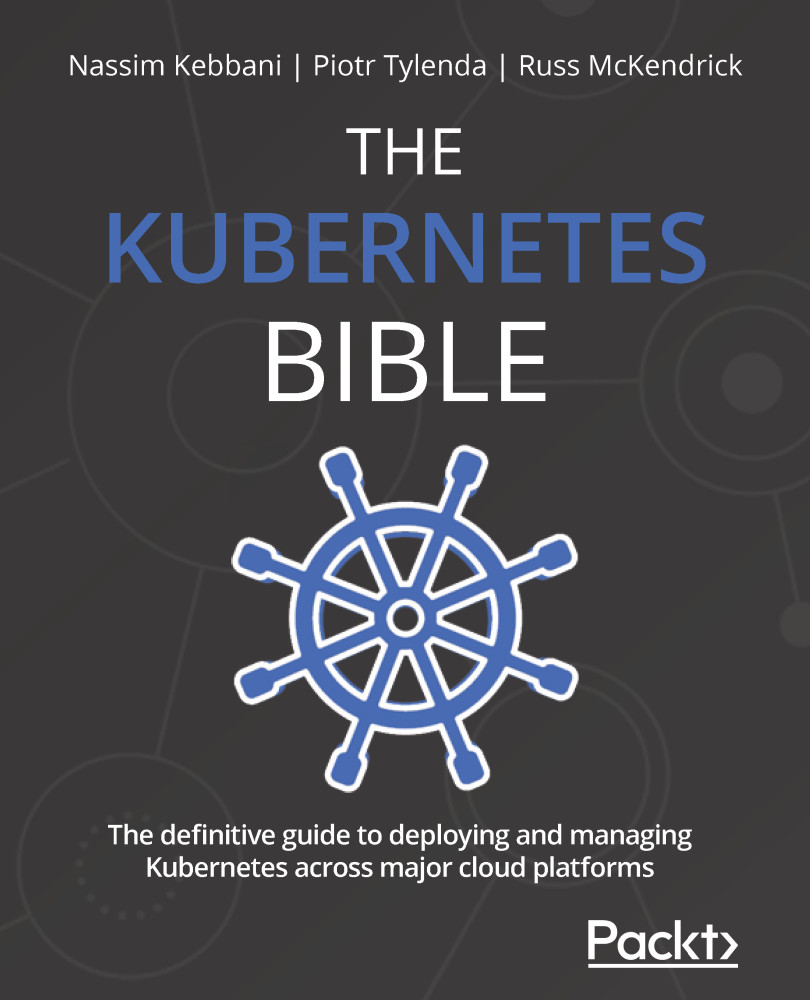Technical requirements
Having a properly configured Kubernetes cluster is recommended to follow this chapter so that you can practice the commands shown as you read. Whether it's a minikube, Kind, GKE, EKS, or AKS cluster is not important. You also need a working kubectl installation on your local machine. Running the kubectl get nodes commands should output you at least one node:
$ kubectl get nodes NAME STATUS ROLES AGE VERSION 10.0.103.186.internal Ready <none> 6m v1.17.12
You can have more than one node if you want, but at least one Ready node is required to have a working Kubernetes setup.
































































